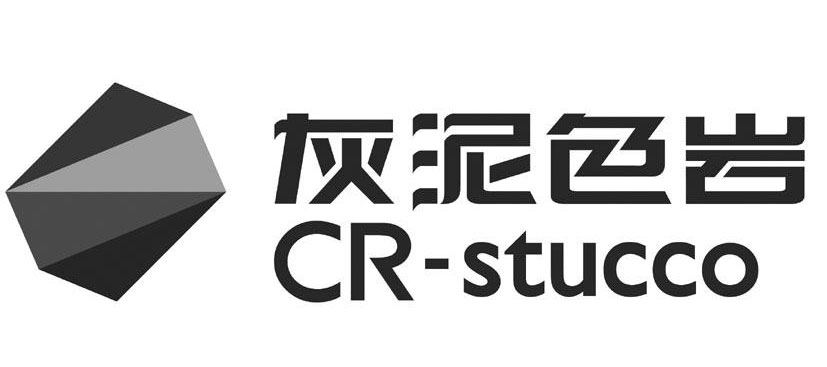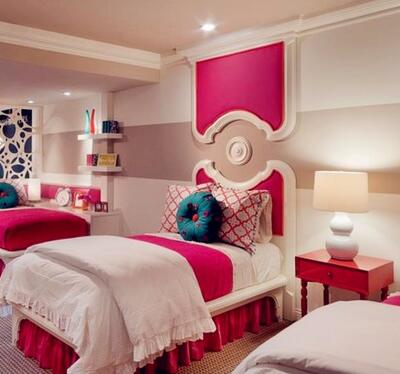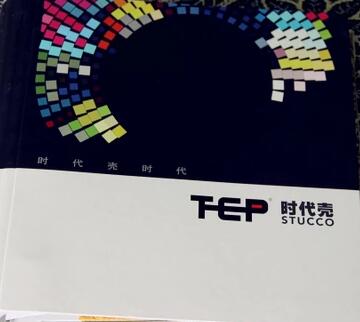购买必读-时代壳stucco施工说明Houzz美国STUCCO艺术环保灰泥硅藻泥内外墙涂料
购买必读-时代壳stucco施工说明Houzz美国STUCCO艺术环保灰泥硅藻泥内外墙涂料
● 4零环保标准:甲醛E0、零VOC(挥发性有机化合物)、零苯系物()、零***(镉 铬 ***),真正水溶性涂料,绿色环保; ● 防水、防潮、防霉、防腐、可水洗泡沫清洗,单向透气,经久如新; ● 外墙20年不变色不开裂不脱落不起泡,内墙与建筑物同寿命,墙体不坏,STUCCO就不坏
- 品牌: STUCCO灰泥
- 颜色分类: 其它颜色 乳白色 白色 米白色










******的生态墙面工程方案供应商-美国TEP WALL INC.荣誉出品,广泛应用于建筑物内墙、外墙、天花、卫生间、厨房间、地下室、旧房改造、新城镇新农村建设、各类公共工程隐秘工程、***无菌房、高架、桥梁、地铁等项目。
温 馨 提 示:
1、本品为中***产品(非100元/桶),请了解清楚后再拍,擅拍不理;
2、咨询的人较多,为节约您时间,请先确定好面积、选择好砂型,才能确定材料用量和费用
3、不同砂型,厚薄、粗细、表面效果、用途、施工、价格 均不一;
4、施工不难,有经验的油漆工均可施工,详情请看 购买必读……。

 |
 |
|||
 |
||||
我司为中国区用户 免费提供样板,供用户 实物挑选砂型和颜色
***样板(约15块) + 色扇(N多颜色) + 彩页 + LOGO袋 押金300元
用户用好后,原样发回我司,无论是否交易,我司即退押金





一、墙面要求:结实、牢固,STUCCO可直接做在 水泥、水泥砂浆、抗裂砂浆、瓷砖、石头、大理石、石膏板、木板、防水材料等结实的基面上,但原墙面不平,STUCCO做好也不平。
1、外墙
1)新墙:水泥、水泥砂浆直接做平墙面,边边角角做直,则可直接做STUCCO,这样既美观耐用,又可节约大量的费用;如不平,只能腻子补平墙面,否则不美观漂亮。
2)旧墙:铲掉原墙面 开裂脱落、起泡、空鼓、蓬松的材料后,即可做STUCCO;如原墙面较好,只是旧了,则可直接做STUCCO(追求***的用户,可用腻子补平墙面)。
备注:腻子只是起到补平墙面的作用,并无其他作用
2、内墙
1)新墙:一般铲掉原来较差的腻子,再用外墙腻子(或水泥基腻子)刮平、打磨平墙面,即可做STUCCO;如原墙面结实又平整,则可直接做STUCCO。
2)旧墙:铲掉原墙面 开裂脱落、起泡、空鼓、蓬松的材料后,再用腻子补平墙面,才可做STUCCO;如原墙面较好,只是旧了,则可直接做STUCCO。
备注:外墙腻子、水泥基腻子不是STUCCO必须的,只是建议基面做更好,因为墙底不坏,STUCCO就不会坏;普通的内墙腻子上面也可做STUCCO。
二、配套底漆
1、我司一般配同色底漆,滚涂底漆前请必须检查颜料标签,按标签的要求配多少量的底漆并搅拌同色底漆(浅色一般直接用白色底漆即可)。
2、底漆的作用:固化墙面、保持墙面一致、节约涂料。
3、底漆***多可加一半的水(具体多少看滚涂面积),搅拌颜色后,正常滚涂一遍墙面。
三、STUCCO施工
1、搅拌颜色:1桶涂料配1小瓶颜料,将颜料倒入涂料桶,并清洗干净颜料瓶,再用搅拌器充分搅拌颜色(注:粗砂必须要换桶才能充分搅拌)。
我司可机器搅拌颜色,客户收到即可开桶使用,但不能退货;整桶未开封的涂料均可退货。
2、施工:STUCCO是一遍成型的,一个***的区域必须要连续做好,不能停顿太久。
1)喷涂:空压机(气泵)排气量0.25以上,喷砂(或真石漆)的喷枪(出料口径4MM,平嘴);涂料加水量一般可加至满桶(103#的加水量不能超过1000毫升!!);
喷涂就2点:喷涂均匀、做好保护。
备注:加水量越多,喷嘴越小,出气量越大,就喷的越细腻、平整,喷涂的面积就越多,反之相反。
2)滚涂:毛滚筒或海绵滚涂,滚涂均匀 即可。
备注:加水量越多,滚筒越细,就滚的越细腻、平整,滚涂的面积就越多,反之相反。
3)批刮:加水量不能多(涂料太稀就没法上墙),类似批刮腻子那样将STUCCO批到墙上,10分钟后再用 批板收刀印或在上面打圈。
不同的施工工具、不同的施工方法,可做出不同的艺术效果;不同的滚筒(如长毛、短毛、大花、中花、小花)也会滚出不同的效果;不同的砂型,施工也不一,一般以喷涂为主。
四、109#橡胶涂层的施工和普通乳胶漆完全一样,喷涂、滚涂、刷涂 均可。
五、100#西班牙潘普洛纳仿古 的施工,是用柔性腻子(或弹性腻子)先做好造型,再喷涂STUCCO的,如需我司施工,客户只需批刮一遍腻子即可交给我们。


















Stucco has also been used as a sculptural and artistic material. Stucco relief was used in the architectural decoration schemes of many ancient cultures. Examples of Egyptian, Minoan, and Etruscan stucco reliefs remain extant. In the art of Mesopotamia and ancient Persian art there was a widespread tradition of figurative and ornamental internal stucco reliefs, which continued into Islamic art, for example in Abbasid Samarra, now using geometrical and plant-based ornament. As the arabesque reached its full maturity, carved stucco remained a very common medium for decoration and calligraphic inscripti***. Indian architecture used stucco as a material for sculpture in an architectural context. It is rare in the countryside.
In Roman art of the late Republic and early Empire, stucco was used extensively for the decoration of vaults. Though marble was the preferred sculptural medium in most rega***, stucco was better for use in vaults because it was lighter and better suited to adapt to the curvature of the ceiling. Baroque and Rococo architecture makes he***y use of stucco. Examples can be found in churches and palaces, where stucco is mostly used to provide a ***ooth, decorative transition from walls to ceiling, decorating and giving measure to ceiling surfaces. Stucco is an integral part of the art of belcomposto, the Baroque concept that integrates the three classic arts, architecture, sculpture, and painting.
Since stucco can be used for decoration as well as for figurative representation, it provides an ideal transitive link from architectural details to wall paintings such as the typically Baroque trompe l'oeil ceilings, as in the work of the Wessobrunner School. Here, the real architecture of the church is visually extended into a he***enly architecture with a depiction of Christ, the Virgin Mary or the Last Judgment at the center. Stucco is used to form a semi-plastic extension of the real architecture that merges into the painted architecture.
Because of its "aristocratic" appearance, Baroque-looking stucco decoration was used frequently in upper-class apartments of the 19th and early 20th century.
Beginning in the 1920s, stucco, especially in its Neo-Renaissance and Neo-Baroque materialization, became increasingly unpopular with modern architects in some countries, resulting not only in new buildings without stucco but also in a widespread movement to remove the stucco from existing tenements.
Stucco was still employed in the 1950s in molded forms for decorating the joints between walls and ceilings inside houses. It was generally painted the same color as the ceiling and used in designs where a picture rail or rat rail was in use.




